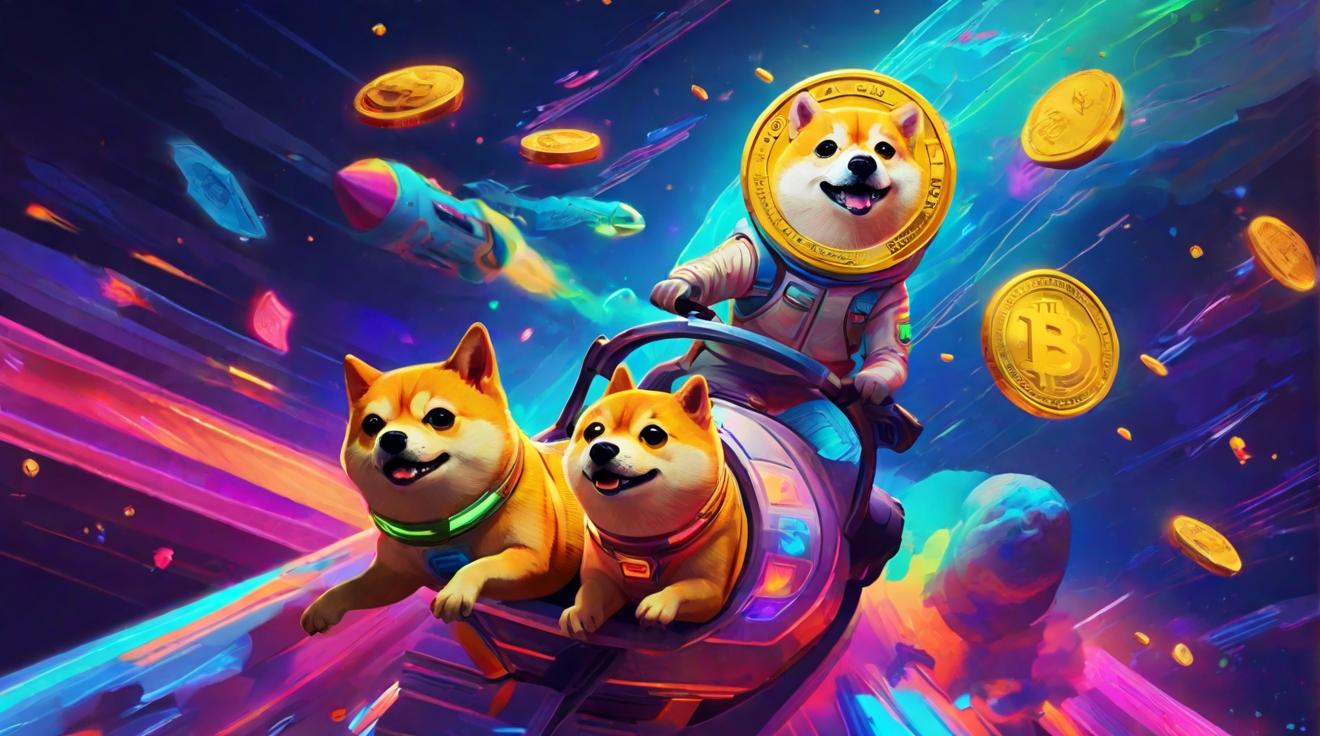Experimental Ethereum ERC-404 Standard Inspires Competitor: DN-404 Aims to Solve Gas Complications and Slash Transaction Costs
A group of pseudonymous developers has introduced a new, unofficial Ethereum-based cryptocurrency design known as ERC-404. The goal of this experimental effort was to combine cryptocurrency and non-fungible tokens (NFTs) to revolutionize fractionalized NFTs and improve liquidity for digital collectibles represented by virtual currencies. However, ERC-404 arrived with issues primarily centered around gas optimization, resulting in skyrocketing Ethereum transaction fees during the same time as Pandora’s debut, the first token under this standard.
In response to the inefficiencies of ERC-404, another group of developers has launched DN-404, aiming to fix the gas complications and slash transaction costs by 20%. DN-404 tackles this problem by splitting the token and NFT elements into separate contracts. By leveraging the ERC-20 token code at its core and a mirror ERC-721 structure for NFT functionality, DN-404 offers significant improvements over ERC-404.
Cygaar, one of the developers behind DN-404, emphasized that it is a standard for protocols to build rather than a standalone project. Although the open-source GitHub repository is still in its alpha stage and has not undergone an audit, the developers are determined to address the concerns raised by ERC-404 and provide users with a more efficient and cost-effective solution.
With the rise of NFTs, the need for improved standards and protocols that can handle native fractionalization is becoming increasingly important. The launch of DN-404 offers hope for users who want to trade portions of NFTs without intermediaries. While still in its early stages, DN-404 has the potential to solve the gas optimization issues plaguing ERC-404 and enhance the overall NFT trading experience on the Ethereum network.
Analyst comment
Neutral News
As an analyst, it is expected that DN-404 will gain traction in the market due to its aim to fix the gas complications and slash transaction costs by 20%. Its use of separate contracts for token and NFT elements, along with leveraging the established ERC-20 and ERC-721 standards, provides promising improvements over ERC-404. However, the success of DN-404 will depend on its ability to address the concerns raised by ERC-404 and gain trust from users and developers.













